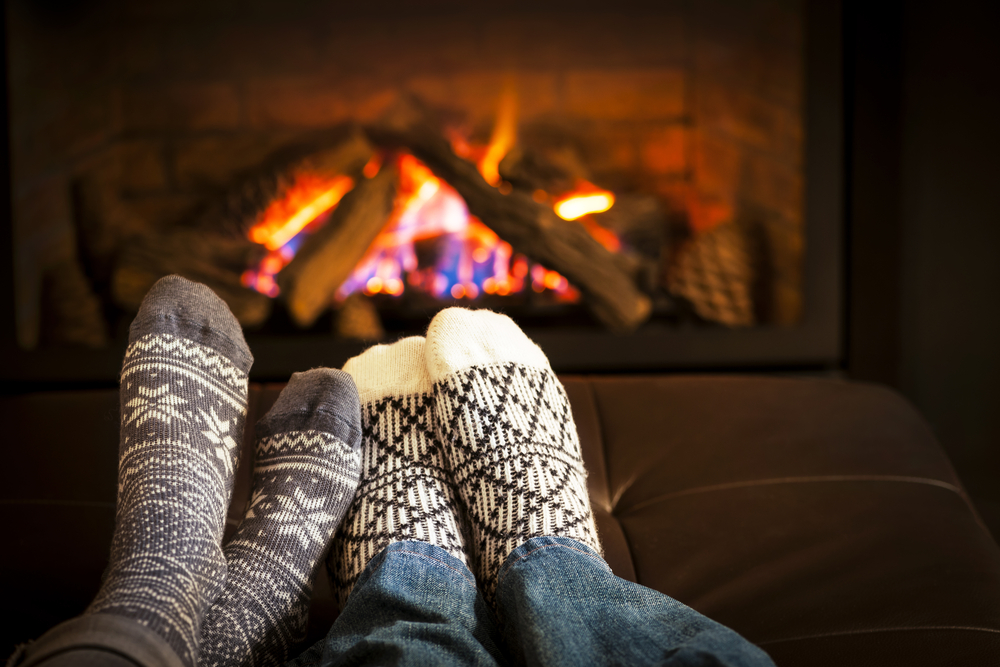Send your question to Umbra!
Q. How do I measure wood smoke from firewood? We want to do a comparison of different firewoods and find the one that has the least smoke emissions, provides the most heat, and burns the longest. We would like to really measure the smoke. Any ideas?
Patricia S.
Scotts Valley, Calif.
A. Dearest Patricia,
If you listen carefully this time of year, you can almost hear it: the crackling of thousands of wood stoves firing up for a season of home heating. Unfortunately, the cozy glowing of all those stoves has a serious downside: a smoky, sooty smudge on local air quality.
Wood smoke emits all kinds of nasties [PDF], including benzene and formaldehyde, but the primary culprit is particulate matter (PM2.5), a mix of tiny particles that can penetrate deep into the lungs when inhaled and wreak all kinds of havoc. The stuff is linked to respiratory illness, chronic lung problems, cancer, and premature death — so your desire to find the cleanest-burning logs possible is a vote for both air quality and personal health for you and your neighbors.
I admire the citizen-scientist pluck behind your wish to analyze and compare different types of wood smoke yourself, Patricia. Unfortunately, this is currently pretty tough to do unless you A) are an atmospheric scientist with access to sophisticated sampling tools, or B) have an extra $10,000 to $50,000 lying around to spend on said tools. I checked with Matthew Harper, air monitoring lead for the Puget Sound Clean Air Agency. He said you could use a handheld particle counter, the cheapest of which will run you a mere $300 to $500, but these devices probably aren’t accurate enough to distinguish the nuances between, say, hickory versus oak smoke.
But don’t hang up your lab coat just yet: There are still a few worthwhile experiments to be done.
When choosing what type of wood is best, this handy chart comparing firewood tree species is a good place to start. In general, hardwoods burn cleaner and hotter than softwoods. Still, “the species of wood burned isn’t as important as how properly dried it is, and how properly burned it is,” says Rod Tinnemore, wood stove coordinator for the Washington State Department of Ecology.
You can take care of the method side of the equation by studying your stove’s instructions and following these tips [PDF] on operating it for maximum efficiency. To see if it’s working, simply walk outside and look at what’s coming out of your chimney. “You should see only heat waves, not smoke,” Tinnemore says. (Give the stove a few minutes to warm up before you check.)
There are even more opportunities for at-home monitoring when it comes to the moisture content of your firewood. This is important because the wetter the wood in the stove, the more pollutants it spews into the atmosphere (and the less heat it gives off); even logs that seem dry can contain upwards of 50 percent moisture. The sweet spot is 20 percent moisture or less.
If you’re splitting logs yourself, dry (or “season”) them in a covered area for six months to a year. Then, to make sure the wood is ready for the cleanest possible trip up the chimney, get yourself a wood moisture meter and start measuring — these gizmos can be had for about 25 bucks [PDF].
Still hankering to do more science? Try contacting your local clean air agency, Harper says. No promises, of course, but “there might be opportunities to partner with local agencies.” And even if you don’t get in on any studies, your local experts will certainly have advice for what works best in your area.
Finally, we’ve covered best practices for wood stoves here, here, and here. But indulge me while I remind you that upgrading (if you haven’t already) to an EPA-certified wood stove or a pellet stove will save much, much more pollution than fine-tuning your firewood choices. It just so happens there’s a stove swap-out program in your area — now that’s a breath of fresh air.
Particulately,
Umbra




